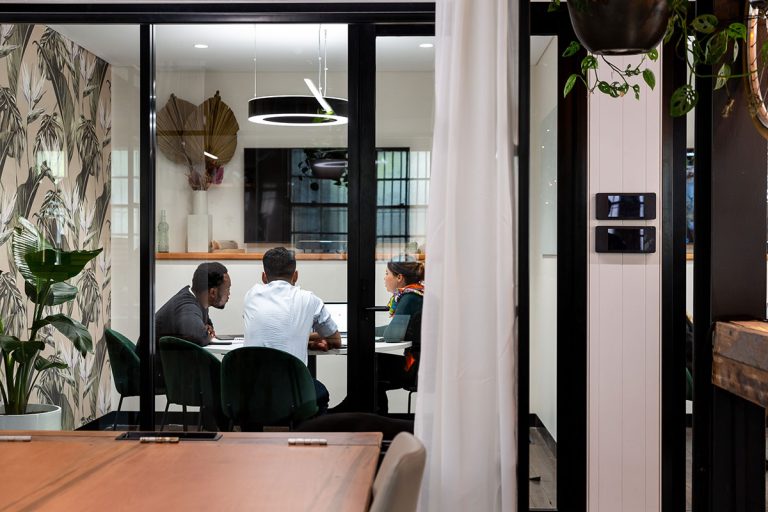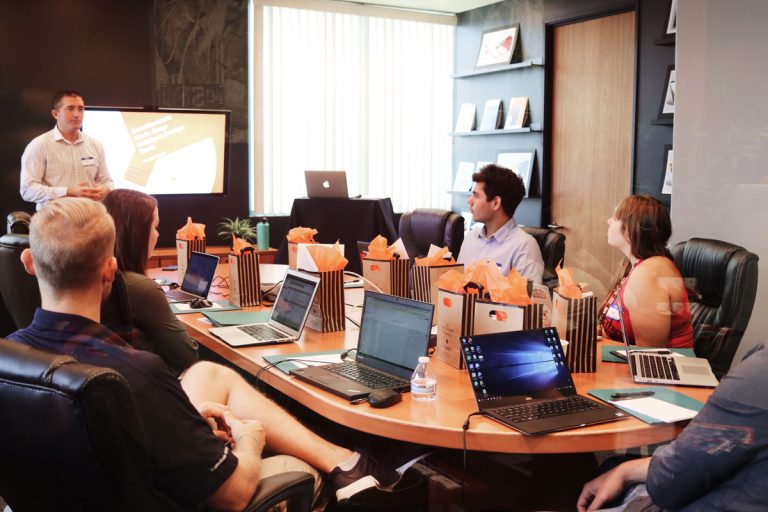This upcoming election feels like standing on the edge of a precipice. Every election is important, but this year, it’s made more significant by the impending crisis of anthropological climate change, topical issues like Indigenous rights and accessible housing, and our global COVID-storm.
You might feel like no matter which way you vote, politics will be politics. Cynicism might come creeping in as you justify why your ballot slip won’t change the outcome of a nation. Newsflash: until the revolution comes, participating in the democratic system is the best option we have to further the change we want to see.
We were lucky enough to have Stacey Sharkey host a Seed Impact Session and to find out how to make our votes count in the 2022 election. Here are 5 nuggets of wisdom from the night.

ONE. Use the resources available to you to learn about your representatives
Websites like They Vote for You and your candidate’s websites (use the AEC to learn the candidates running in your seat, and then Google the candidates to find out their policies) are useful for understanding the policies of your representatives. You can also use the ABC’s Vote Compass to help you find out how your views compare to major political parties’ policies.
TWO. Vote strategically
Use the AEC’s Tally Room (for your local electorate) to see the percentage of votes for independents or minority parties in the past. Particularly notes the voting percentage and swing percentage, which indicates how preferences have changed over time. This is critical because any major parties will be more inclined to have policies in line with major minority parties.
THREE. Research the Teals.
There is change occurring in our political landscape as more people chose to move away from voting for the two major parties. Instead, people are looking to the Teals, a collective of independents not associated with a party. There are around 20 independents running, which is the most an Australian election has ever seen. Teals tend to be economically conservative and environmentally progressive.
THREE. Consider making a protest vote…
Protest votes are top vote preferences for candidates that you think are unlikely to win. The expectation is that one less vote for a more popular candidate is an indication of political dissatisfaction, and are generally used to highlight which issues are important to you. Protest votes are an important strategy in preferential voting. Learn more about preferential voting here.
FIVE. …but make sure it’s for a candidate that aligns with your values
There’s no point in making a protest vote for someone protesting things you don’t believe in.
It is also important that after your protest vote that you put your preferred major party above your least to make sure your vote counts where it matters.
To understand independent or minor parties better, visit their websites and find their voting preferences (see below for an example) which show you how they would like you to vote. This helps you understand how they think and what they stand for.


ABOUT THE HOST.
This event was hosted by Stacey Sharkey, a Union Organiser. Stacey studied political science at University, has campaigned for federal and state elections, has worked as a political staffer, and currently is campaigning for the social and community sector to increase funding and improve the sector at a macro level.



